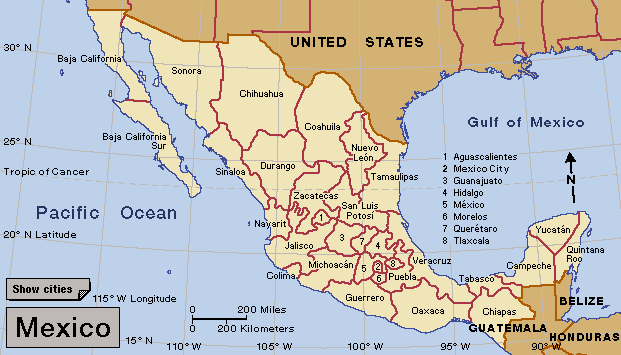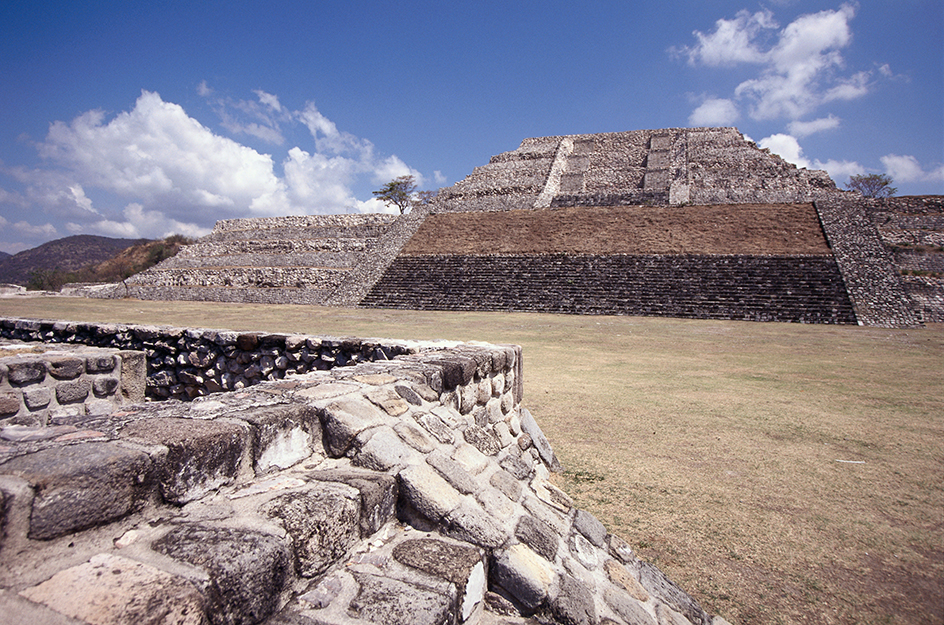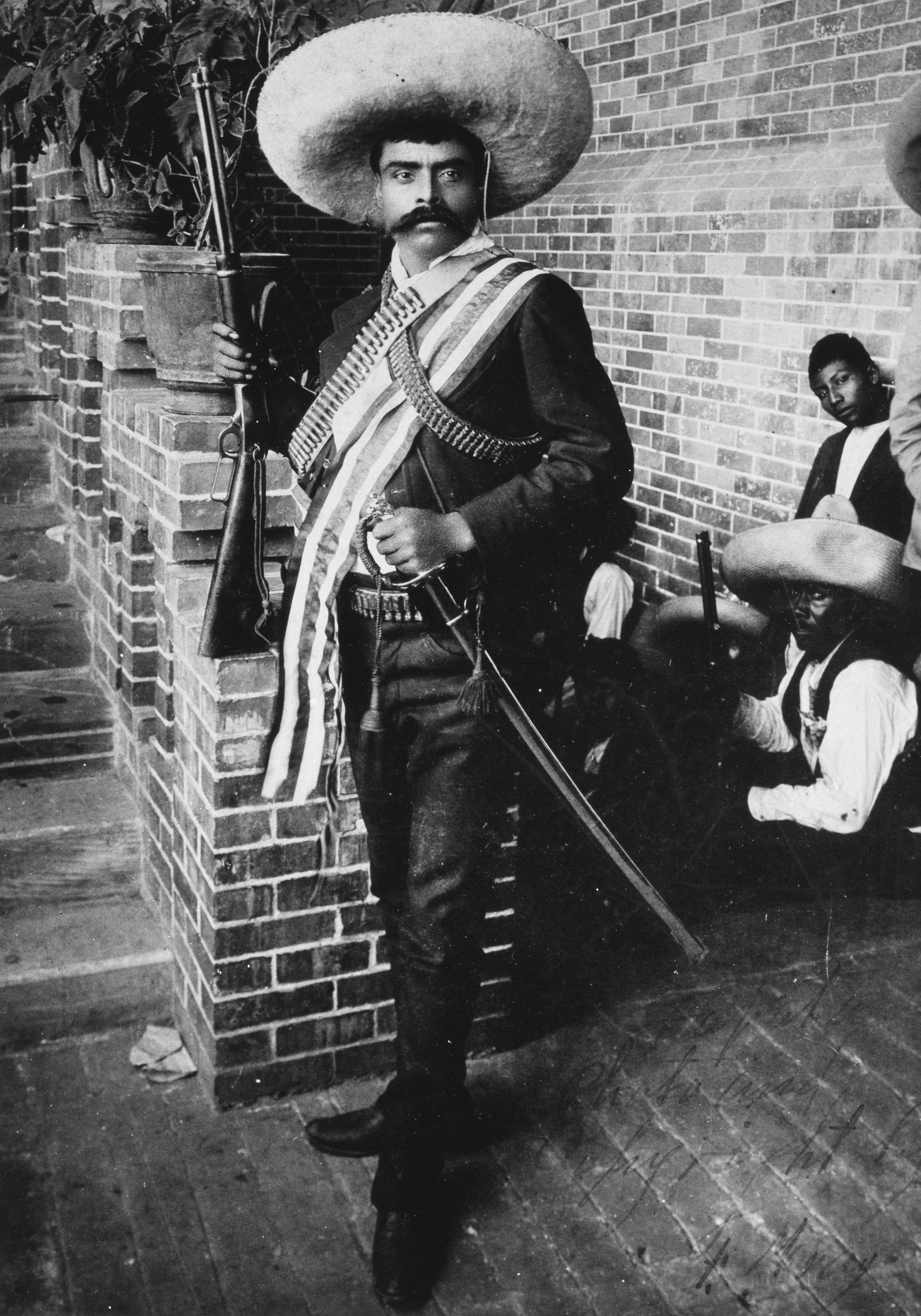Morelos << muh RAY luhs >> is the second smallest state in Mexico in area. Only Tlaxcala is smaller. Morelos covers 1,911 square miles (4,950 square kilometers). At the time of the 2020 census, the population was 1,971,520. Morelos lies in south-central Mexico, just south of the Federal District. Rugged mountains stretch across the northern part of the state. Semitropical valleys dominate the south. Morelos became a state in 1869. It is named after Jose Maria Morelos y Pavon, a hero in the struggle for Mexican independence (1810-1821). Cuernavaca is the capital.

Many people in Morelos work in service industries. Tourism is another important part of the economy. The pleasant climate, Olmec and Aztec ruins, and Spanish colonial architecture attract many visitors to Morelos. Agricultural products include corn, fruits, sugar cane, and vegetables. Manufacturing is an increasingly important economic activity.

The Tlahuica, an Aztec people, lived in what is now Morelos before the Spanish conquered central Mexico in 1521. After the conquest, the Spanish introduced sugar cane to the region. Sugar cane growers took land from the Indigenous (native) people and their mixed-race descendants to create plantations. In time, Morelos became Mexico’s leading sugar producer. During the Mexican Revolution of 1910, much of the rural population of Morelos rebelled in an effort to reclaim their land and gain better treatment for plantation workers. Emiliano Zapata, a native of Morelos, led the rebellion. His main goal was land reform. Zapata remains an important symbol for many peasants, agricultural workers, and others who struggle against social injustice.

